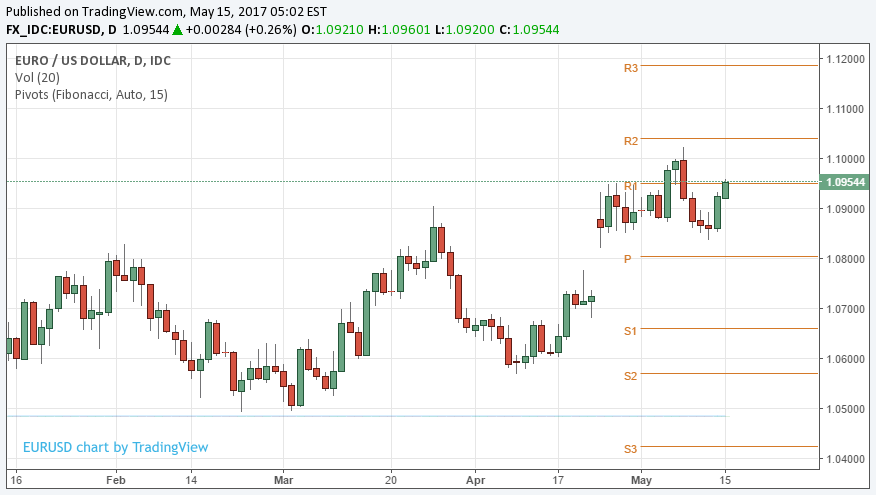The Fibonacci sequence was first discovered in the 13th century and is found throughout nature. Under the Fibonacci sequence, the sum of two numbers in a sequence will equal the next number in the sequence. For example:
1, 1, 2, 3, 5, 8, 13, 21, etc.
When it comes to Forex trading, the Fibonacci sequence is not important but rather the ratio between the numbers in the sequence. The ratios of numbers in the Fibonacci sequence are .236, .5, .382 and .618. Note that, after the first few numbers in the sequence, the ratio is always 0.618 or, inversely 1.618. This ratio can be found all throughout nature. For example, the ratio of female bees to male bees in a hive will be 1.618! You can also find this ratio in your bodily proportions, in sunflowers, and seashells. Many Forex traders have successfully used Fibonacci ratios for trading.
These ratios can be used for predicting the amount of time before corrections in the market occur. Buyers can use this information for deciding when to buy and sell during trends.
In Forex trading, the ratios are expressed as percentages, such as 23.6%. It is also possible to use multiples of a percentage, such as 236%. The Fibonacci ratios are useful in calculating retracement in Forex trading. However, it must be noted that Fibonacci ratios are only really useful when a significant jump in the market has occurred.
Drawing Fibonacci Levels on a Forex Chart
When using Fibonacci ratios for calculating retracement in Forex trading, you will need to locate the highs and lows on the chart for a given period of time, such as a downward swing over 4 hours. Draw a line from the highest point in a swing to the low point in the swing. Note that you can draw the line for one specific swing or for the entire duration of the trend.
Then, you will mark the highest point as 100%. Then, 4 other points are marked as highs at 61.8%, 50%, 38.2% and 0%. Most Forex software programs will automatically draw the lines at these percentages. If not, calculate the number of pips between the high and low. For example, if the pip difference between the high and low is 200, then the 50% line would occur at 100 pips below the starting point.
Using Fibonacci Ratios to Buy or Sell
The percentage levels you marked (61.8%, 50%, and 38.2%) can be used to determine when to buy and sell currency pairs on the foreign currency exchange market. When minimizing loss during a downward wave, 50% is usually used as the point where you should sell the currency. Ideally, you should buy currencies at the lowest level because they will swing upwards and you will profit. Then, when the price soars, you can sell for a profit.


